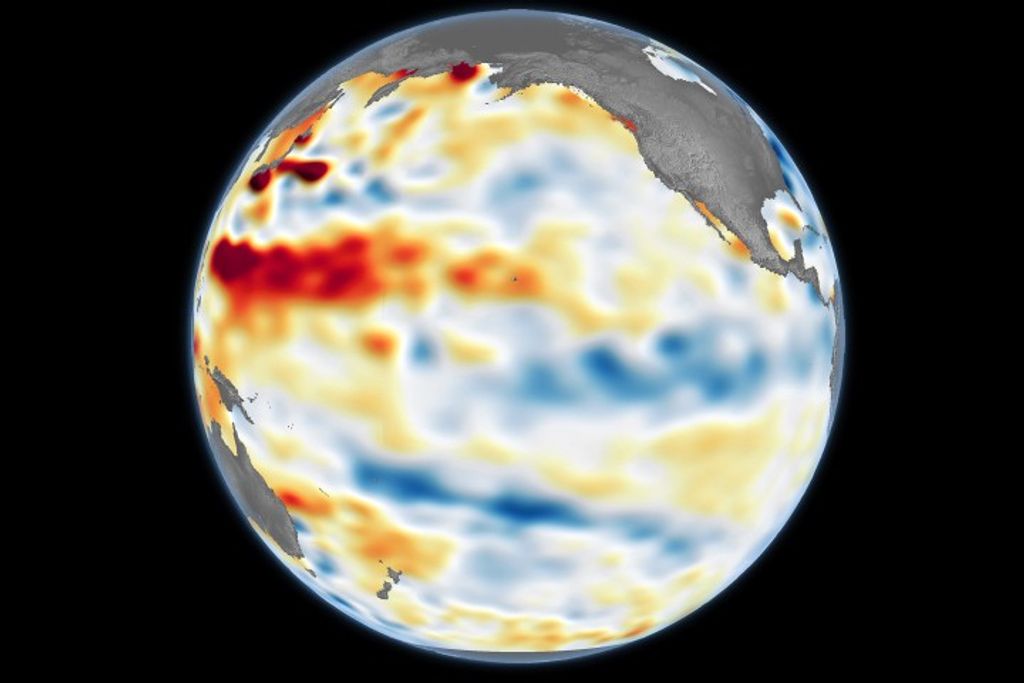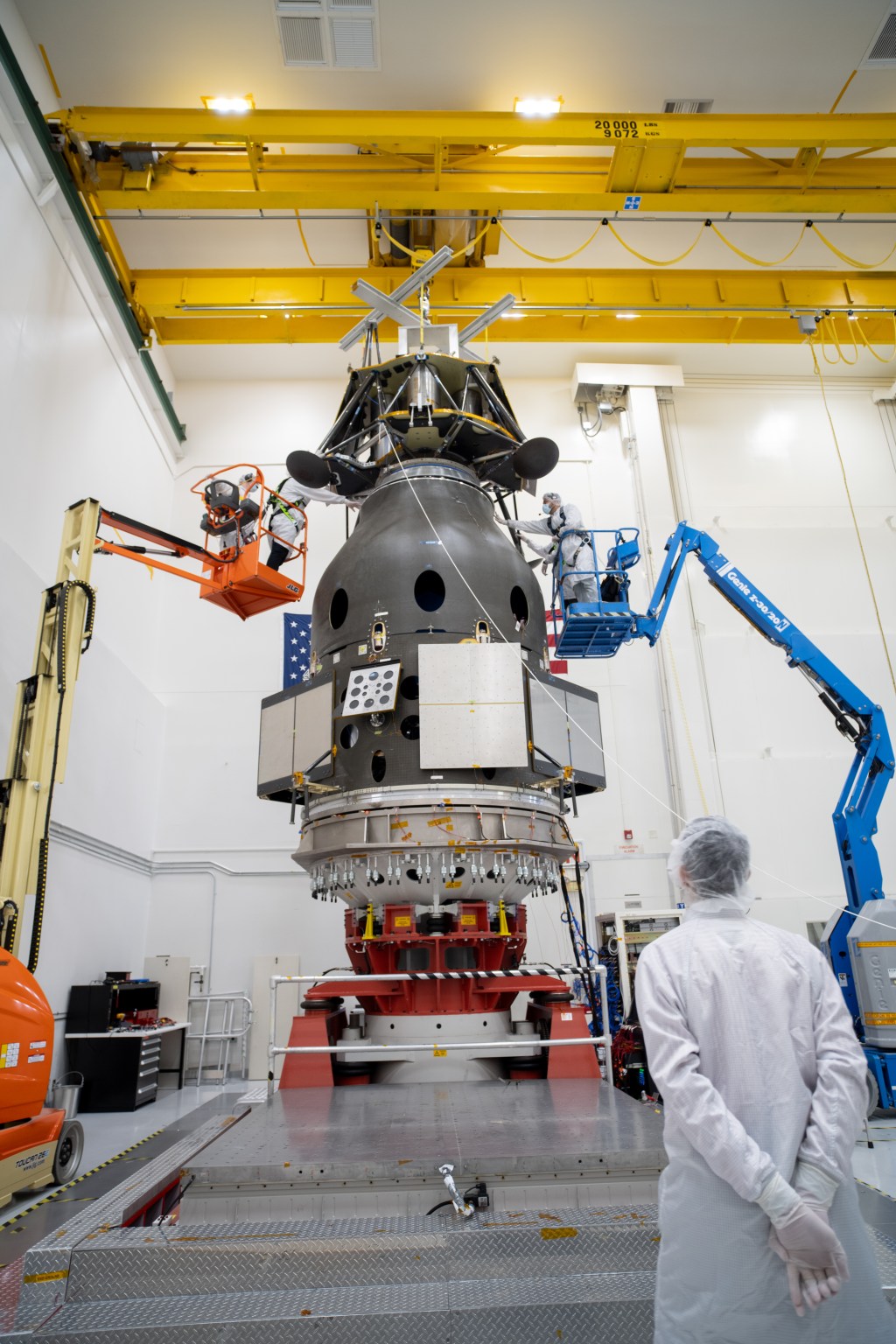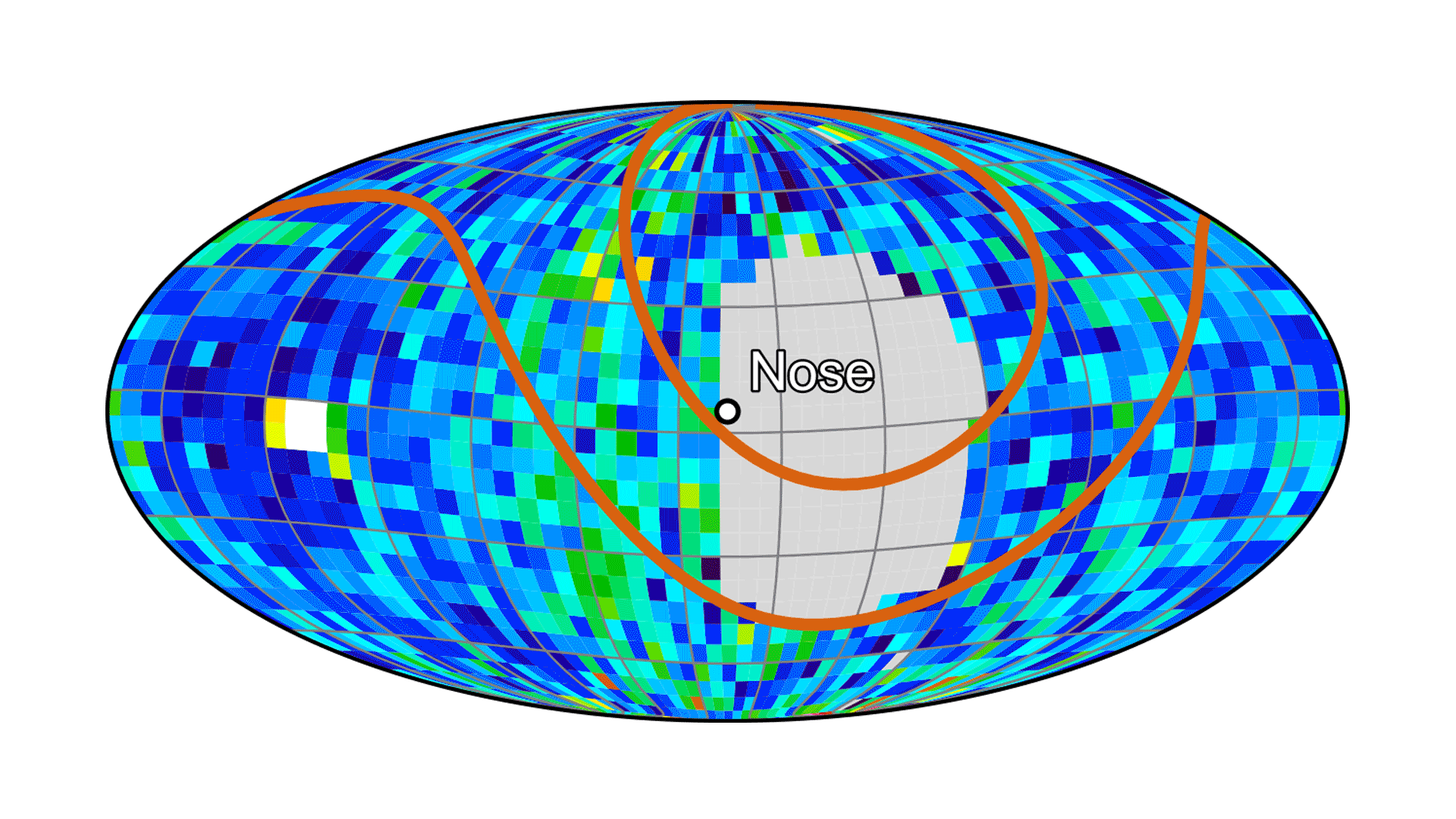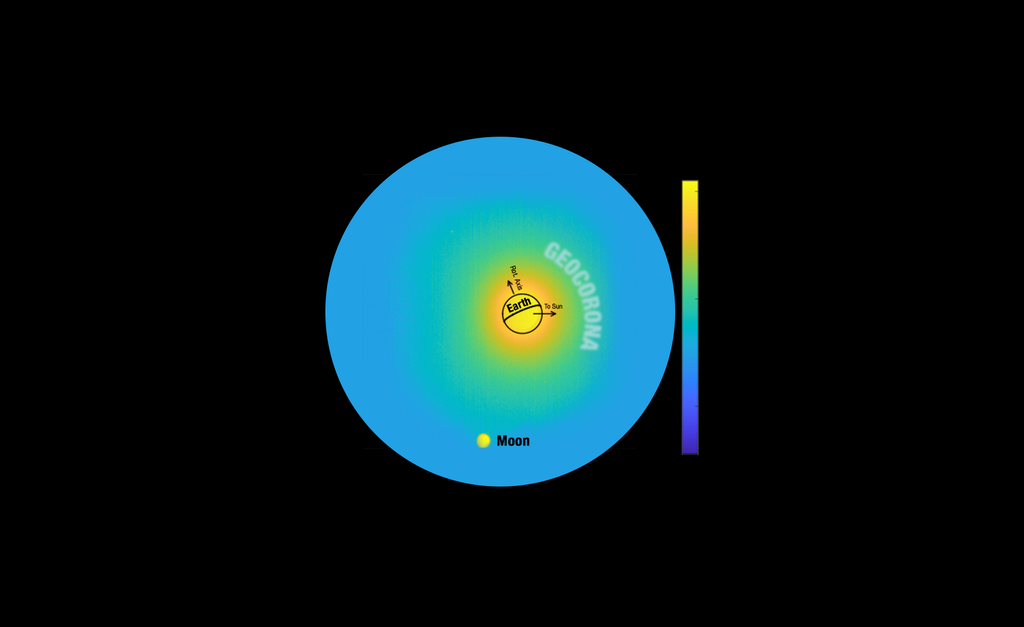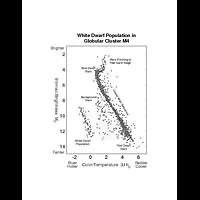1 min read
Hubble Identifies White Dwarf Population in Globular Cluster M4
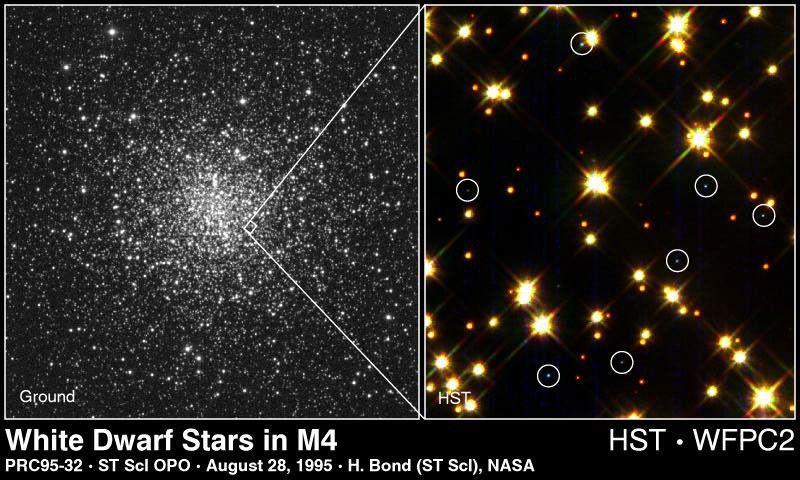
[Left] - A view of globular cluster M4 (fourth object in the Messier catalog of star clusters and nebulae). The nearest globular cluster to Earth (7,000 light-years away), and containing more than 100,000 stars, M4 was the target of a Hubble Space Telescope search for white dwarf stars. Ancient red giant stars are predominant in this view from a ground-based telescope. The field is 47 light-years across. The box (right of center) shows the small area that Hubble telescope probed.
[Right] - A Hubble Space Telescope color image of a small portion of the cluster only 0.63 light-years across reveals eight white dwarf stars (inside blue circles) among the cluster's much brighter population of yellow sun-like stars and cooler red dwarf stars. Hubble reveals a total of 75 white dwarfs in one small area within M4, out of the total of about 40,000 white dwarfs that the cluster is predicted to contain. The Hubble results will allow astronomers to refine theoretical predictions of the rate at which white dwarfs cool - an important prerequisite for making reliable estimates for the age of the universe and of our Milky Way galaxy, based on white dwarf temperatures. The image was taken with the Wide Field and Planetary Camera 2.
About the Object
- R.A. PositionR.A. PositionRight ascension – analogous to longitude – is one component of an object's position.16h 23m 35.41s
- Dec. PositionDec. PositionDeclination – analogous to latitude – is one component of an object's position.-26° 31' 31.9"
- Object NameObject NameA name or catalog number that astronomers use to identify an astronomical object.M4, NGC 6121
- Release DateAugust 28, 1995
- Science ReleaseHubble Space Telescope Finds Stellar Graveyard
- CreditLeft: Kitt Peak National Observatory 0.9-meter telescope, National Optical Astronomy Observatories; courtesy M. Bolte (University of California, Santa Cruz); Right: Harvey Richer (University of British Columbia, Vancouver, Canada) and NASA
Share
Details
Claire Andreoli
NASA’s Goddard Space Flight Center
Greenbelt, Maryland
claire.andreoli@nasa.gov










